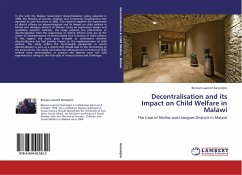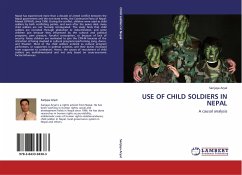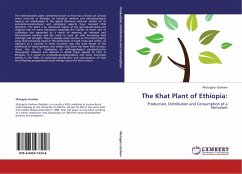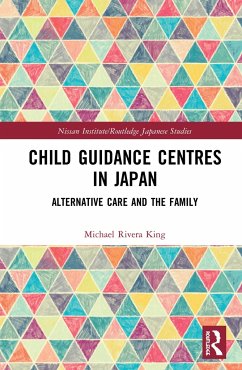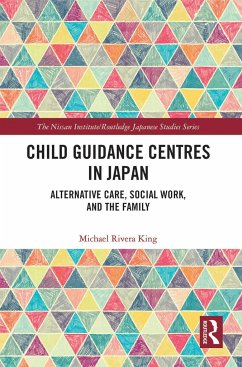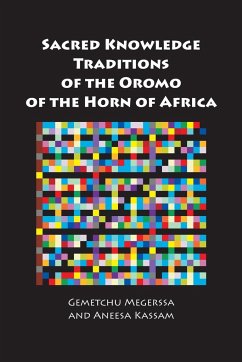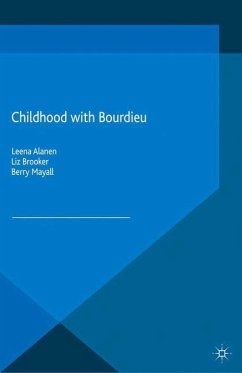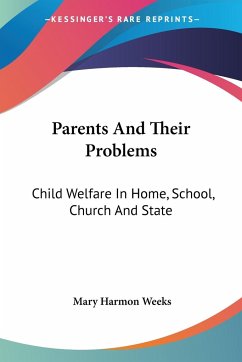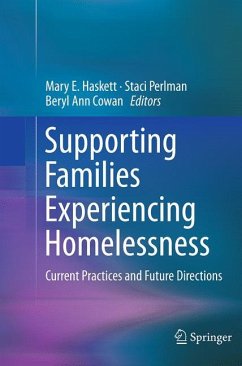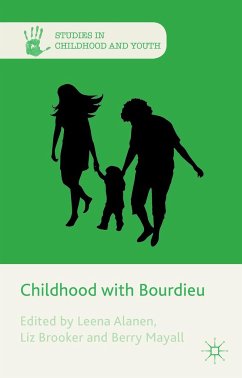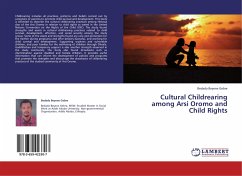
Cultural Childrearing among Arsi Oromo and Child Rights
Versandkostenfrei!
Versandfertig in 6-10 Tagen
36,99 €
inkl. MwSt.

PAYBACK Punkte
18 °P sammeln!
Childrearing includes all practices, patterns and beliefs carried out by caregivers or parents to promote child survival and development. This study is intended to describe the cultural childrearing practices among Hetossa clan of the Arsi Oromo in relation to child rights as stated in the United Nations Convention on the Rights of the Child (CRC). The study found strengths and assets in cultural childrearing practices related to child survival, development, affection, and social security among the study group. Some of the assets and strengths found are care and protection for the mother durin...
Childrearing includes all practices, patterns and beliefs carried out by caregivers or parents to promote child survival and development. This study is intended to describe the cultural childrearing practices among Hetossa clan of the Arsi Oromo in relation to child rights as stated in the United Nations Convention on the Rights of the Child (CRC). The study found strengths and assets in cultural childrearing practices related to child survival, development, affection, and social security among the study group. Some of the assets and strengths found are care and protection for the mother during pregnancy and after delivery (Qanafa), and working for child survival and development. Supporting orphans and vulnerable children, and poor families for the well-being of children through Dhaala, Guddifachaa and temporary support is also another strength observed in the study community. The study also found drawbacks such as discrimination against disabled and female children. It provides useful information that can inform the development of policies and programs that promote the strengths and discourage the drawbacks of childrearing practices of the studied community of Arsi Oromo.



